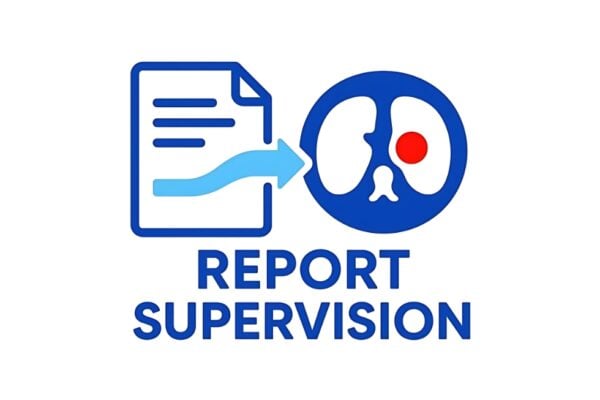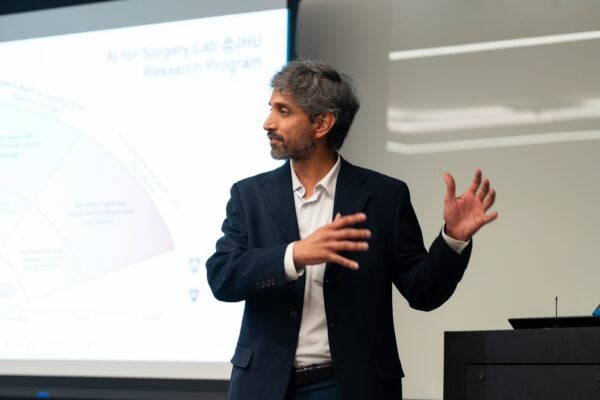In: Machine Learning and Artificial Intelligence

Johns Hopkins researchers demonstrate the advantages of using machine learning in medicine
- October 22, 2025
- Machine Learning and Artificial Intelligence
New research shows how ML methods can cut costs and save lives in clinical research.

Aging gracefully with AI
Johns Hopkins researchers have created a new kind of voice assistant to help older adults manage their health.

Symposium spotlights AI’s potential to revolutionize health care
- September 29, 2025
- Center NewsMachine Learning and Artificial IntelligenceMobile HealthRobotics, Augmented Reality, and Devices
Robot-assisted surgery, an app for diagnosing strep throat, and a new tool to detect glaucoma are all on the health care horizon thanks to artificial intelligence innovators at the Johns Hopkins University.

For AI tumor detection, a picture isn’t always worth a thousand words
- September 24, 2025
- Machine Learning and Artificial IntelligenceMedical Imaging
Johns Hopkins researchers have developed a new method that uses existing radiology reports to train AI models to locate tumors on CT scans more quickly and accurately.

Cancer AI Alliance named to TIME100 AI 2025
- September 4, 2025
- Center NewsMachine Learning and Artificial Intelligence
The partnership includes Johns Hopkins researchers developing AI-powered cancer care.

What congressional staffers need to know about AI in medicine
- August 13, 2025
- Center NewsMachine Learning and Artificial Intelligence
Hopkins expert Swaroop Vedula advises on key AI advancements that government staff should know about.